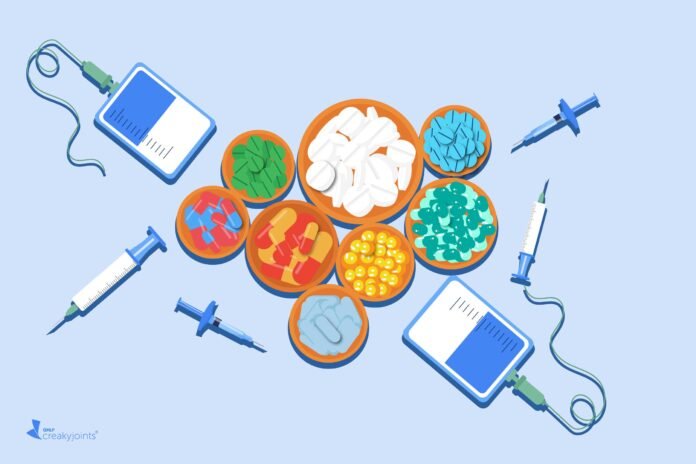What the Inflation Reduction Act Changes
The Inflation Reduction Act was passed with a goal that many patients support: to lower prescription drug costs for people on Medicare. One of its key features is the Medicare Drug Price Negotiation Program, which gives the federal government the power to set a “Maximum Fair Price” for certain high-use medications.
These negotiated prices are intended to reduce government spending and make expensive drugs more affordable for older adults. On the surface, this seems like a win for patients. But when it comes to how drug prices work behind the scenes, the impact isn’t always what it seems.
Why This May Backfire
While drug manufacturers now must comply with these lower, government-negotiated prices, the Pharmacy Benefit Managers (PBMs) — middlemen who decide what drugs are covered and at what cost — aren’t bound by the same rules.
PBMs like CVS Caremark, Express Scripts, and Optum Rx often receive significant rebates and fees from drug manufacturers based on the original (higher) prices. When those prices are capped, the rebates shrink or disappear — cutting into PBM profits.
To compensate for that loss, PBMs may reclassify these drugs to a higher payment category, which typically means patients pay more out-of-pocket despite the drug’s “lower” price.
The result: patients face higher copays, coinsurance, or stricter coverage limits.
What the Data Showed
The study examined two anticoagulants (blood thinners)—Apixaban and Rivaroxaban—which are widely used to prevent strokes and treat blood clots. These medications are among the first affected by the IRA’s pricing program.
The modeling indicates that if PBMs move these medications to a higher coverage tier, patients might face out-of-pocket costs ranging from $235 million to $482 million more for Apixaban, and an additional $105 million to $206 million for Rivaroxaban.
The Impact on Patients
As a result, more than 320,000 patients could stop taking their medications.
Dr. Robert Popovian, Chief Science Policy Officer at the Global Healthy Living Foundation, emphasized the serious risks involved: “There are significant consequences if patients stop taking these drugs.”
This could lead to an estimated 145,000 major cardiovascular events (such as strokes or heart attacks) and up to 97,000 deaths.
“There’s direct evidence that if you stop taking your anticoagulant—and you’re a patient at risk who needs it long-term—there’s a significantly higher incidence of strokes, myocardial infarction (heart attack), and mortality. That has been well documented,” explains Dr. Popovian.
Instead of improving access to care, these pricing changes could unintentionally drive people away from life-saving treatment.


